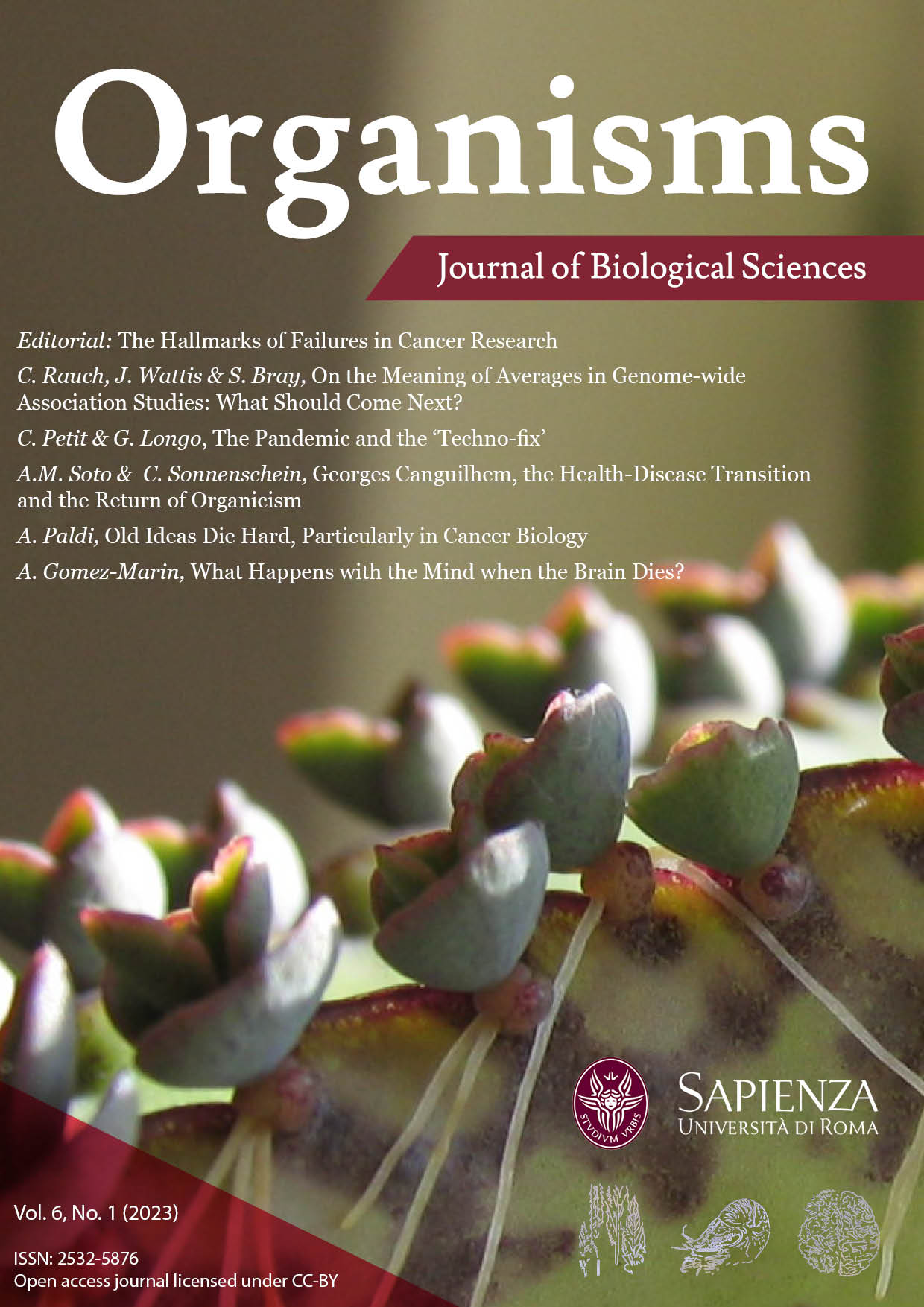On the Meaning of Averages in Genome-wide Association Studies: What Should Come Next?
DOI:
https://doi.org/10.13133/2532-5876/17811Abstract
Identifying the association between phenotypes and genotypes is the fundamental basis of genetic analyses.
Although genomic technologies used to generate data have rapidly advanced within the last 20 years, the statistical models used in genome-wide associations studies (GWAS) to analyze these data are still predominantly based on the model developed by Fisher more than 100 years ago. The question is, does Fisher’s theory need to be replaced or improved, and if so, what should come next? The theory developed by Fisher was inspired by the
field of probability. To make use of probability not only did Fisher have to assume valid a number of questionable
hypotheses, but he also had to conceptually frame genotype-phenotype associations in a specific way giving
primordial importance to the notion of average. However, the “average” in probability results from the notions
of “imprecision” or “ignorance”. After reviewing the historical emergence and societal impact of probability as
a method, it is clear what is needed now is a new method acknowledging precision in measurements. That is, a
method that does not rely on categorizing or binning data.
Downloads
Published
How to Cite
Issue
Section
License
Copyright (c) 2023 Cyril Rauch

This work is licensed under a Creative Commons Attribution 3.0 Unported License.
Copyright Agreement with Authors
Before publication, after the acceptance of the manuscript, authors have to sign a Publication Agreement with Organisms. The authors retain all rights to the original work without any restrictions.
License for Published Contents

You are free to copy, distribute and transmit the work, and to adapt the work. You must attribute the work in the manner specified by the author or licensor (but not in any way that suggests that they endorse you or your use of the work).





